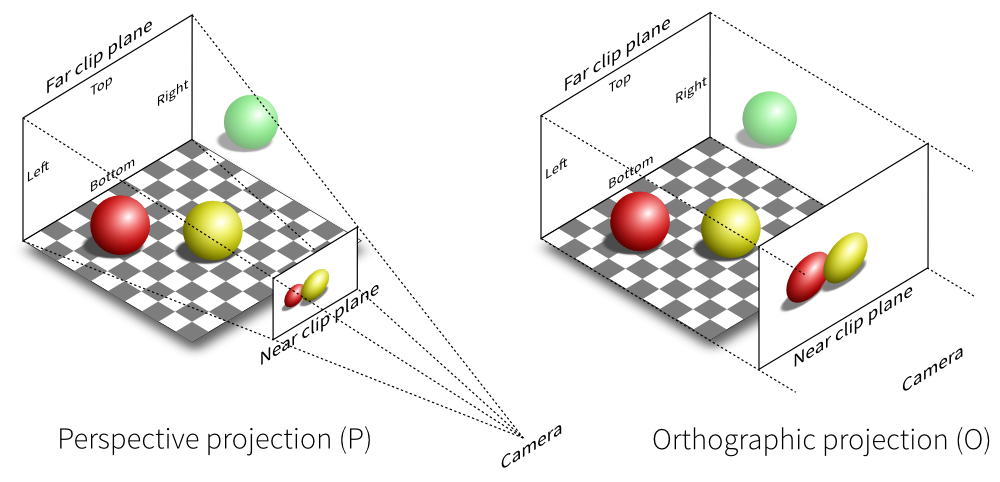pb_ds库
pb_ds??
平板电视??
pb_ds是G++编译器默认附带的一个扩展库,全称是Policy-Based Data Structures(官方传送门)…
pb_ds库里含有许多数据结构,如HashTable,trie,rb_tree,priority_queue…
std优先队列
std里也有优先队列(priority_queue),但功能少得可怜(其实我都好久没有手写过堆了),在堆优化dijkstra中,我们可以用std优先队列这样做
1
2
3
4
5
6
7
8
9
10
11
12
13
14
15
16
17
18
19
20
21
22
23
24
25
26
27
28
29
30
31
| #define DIJKSTRA_MAX 10010
struct node {
int v, w;
node() {}
node(int v0, int w0) : v(v0), w(w0) {}
bool operator<(const node &b) const { return w < b.w; }
};
bool vis[DIJKSTRA_MAX];
int dis[DIJKSTRA_MAX];
vector<node> son[DIJKSTRA_MAX];
inline int dijkstra(int s, int t) {
priority_queue<pair_int, vector<pair_int>, greater<pair_int> > q;
memset(dis, 127, sizeof(dis));
memset(vis, false, sizeof(vis));
dis[s] = 0;
q.push(make_pair(dis[s], s));
while (!q.empty()) {
int now = q.top().second;
q.pop();
if (vis[now]) continue;
vis[now] = true;
for (int i = 0; i < son[now].size(); i++) {
node x = son[now][i];
if (dis[now] + x.w < dis[x.v]) {
dis[x.v] = dis[now] + x.w;
q.push(make_pair(dis[x.v], x.v));
}
}
}
return dis[t];
}
|
但是由于是pop()后再push,std优先队列pop和push都是O(log2n)的,多次重复会大量影响效率。
pb_ds优先队列
所以我们应该用pb_ds优先队列。
如何使用
首先要包含库…
1
| #include <ext/pb_ds/priority_queue.hpp>
|
然后是名称空间__gnu_pbds
接下来我们来定义pb_ds优先队列,官网上给出了以下定义
1
2
3
4
5
6
| template<
typename Value_Type,
typename Cmp_Fn = std::less<Value_Type>,
typename Tag = pairing_heap_tag,
typename Allocator = std::allocator<char> >
class priority_queue;
|
Value_Type
指的是优先队列中存放元素的类型
Cmp_Fn
是比较方法,默认为std::less
Tag
标记???(这才是关键)
pbds提供了以下tag
- pairing_heap_tag(配对堆)
- binary_heap_tag(二叉堆)
- binomial_heap(二项堆)
- rc_binomial_heap_tag(另一种二项堆)
- thin_heap_tag(某种斐波那契堆)
这么多tag选哪一个呢???
官方性能测试传送门
实际使用中发现pairing_heap_tag快于其他所有tag,也是默认使用的tag
Allocator
内存分配还是不管的好….
代码
说了那么多还是直接上代码比较好…
1
2
3
4
5
6
| #include <bits/stdc++.h>
#include <ext/pb_ds/priority_queue.hpp>
using namespace std;
using namespace __gnu_pbds;
typedef __gnu_pbds::priority_queue <pair<int, int>, greater<pair<int, int> >, pairing_heap_tag> heap;
heap q;
|
这样就定义好了
成员方法
让我们来看看pb_ds优先队列究竟提供了哪些方法→_→
我就只列一些常用的,所有方法的官网传送门
- priority_queue()默认构造函数
- priority_queue(const priority_queue &other) 用另一个优先队列来构造
- size()用法同std
- empty()用法同std
- push(const_reference r_val)注意push返回point_iterator
- top()没区别…
- pop()没什么好说的
- point_iterator对应某元素的迭代器
- erase(point_iterator it)删除对应点
- modify(point_iterator it,const_reference r_new_val)修改对应点的值(这是优化dijkstra神方法,均摊复杂度O(1))
- clear()基本没什么用,还不如重新定义一个…
- join(priority_queue &other)神方法*2,白送可并堆啊,还是O(1)的,注意合并后other会被清空
- split(Pred prd,priority_queue &other)拆分,但好像没什么用
- 其他迭代器同std
例子
1.【APIO2012】派遣
我的pb_ds优先队列实现传送门
2.优化dijkstra
优化dijkstra的思路就是在前面提到的std优先队列优化的基础上,维护一个point_iterator数组,push的时候存下push时返回的迭代器,更新dis是判断是否存在此迭代器,若存在O(1)modify,不存在均摊O(1)push…
在此贴2个模板,一个struct+数组实现邻接表,另一个vector实现
vector
1
2
3
4
5
6
7
8
9
10
11
12
13
14
15
16
17
18
19
20
21
22
23
24
25
26
27
28
29
30
31
32
33
34
35
36
37
38
| #include <bits/stdc++.h>
#include <ext/pb_ds/priority_queue.hpp>
using namespace std;
using namespace __gnu_pbds;
typedef __gnu_pbds::priority_queue <pair<int, int>, greater<pair<int, int> >, pairing_heap_tag> heap;
struct node {
int v, w;
node(int _v, int _w): v(_v), w(_w) {}
};
vector<node> son[100010];
int dis[100010];
int n;
inline void dijkstra(int s) {
heap q;
fill(dis,dis+n+1,0x3ffffff);
dis[s]=0;
vector<heap::point_iterator> id;
id.reserve(100005);
id[s]=q.push(make_pair(dis[s],s));
while (!q.empty()) {
int now = q.top().second; q.pop();
for (int i = 0; i < son[now].size(); i++) {
node*x = &son[now][i];
if (x->w + dis[now] < dis[x->v]) {
dis[x->v] = x->w + dis[now];
if (id[x->v] != 0)
q.modify(id[x->v], make_pair(dis[x->v], x->v));
else id[x->v] = q.push(make_pair(dis[x->v], x->v));
}
}
}
}
|
struct+数组
1
2
3
4
5
6
7
8
9
10
11
12
13
14
15
16
17
18
19
20
21
22
23
24
25
26
27
28
29
30
31
32
33
34
| #include <bits/stdc++.h>
#include <ext/pb_ds/priority_queue.hpp>
using namespace std;
using namespace __gnu_pbds;
typedef __gnu_pbds::priority_queue <pair<int, int>, greater<pair<int, int> >, pairing_heap_tag> heap;
int cnt, first[100010];
struct data {int to, next, w;} e[100010];
inline void insert(int u, int v, int w) {
e[++cnt].to = v; e[cnt].next = first[u]; first[u] = cnt; e[cnt].w = w;
}
int dis[100010];
int n;
inline void dijkstra(int s) {
heap q;
fill(dis, dis + n + 1, 0x3ffffff);
dis[s] = 0;
vector<heap::point_iterator> id;
id.reserve(100005);
id[s] = q.push(make_pair(dis[s], s));
while (!q.empty()) {
int now = q.top().second; q.pop();
for (int i = first[now]; i; i = e[i].next) {
if (e[i].w + dis[now] < dis[e[i].to]) {
dis[e[i].to] = e[i].w + dis[now];
if (id[e[i].to] != 0)
q.modify(id[e[i].to], make_pair(dis[e[i].to], e[i].to));
else id[e[i].to] = q.push(make_pair(dis[e[i].to], e[i].to));
}
}
}
}
|



